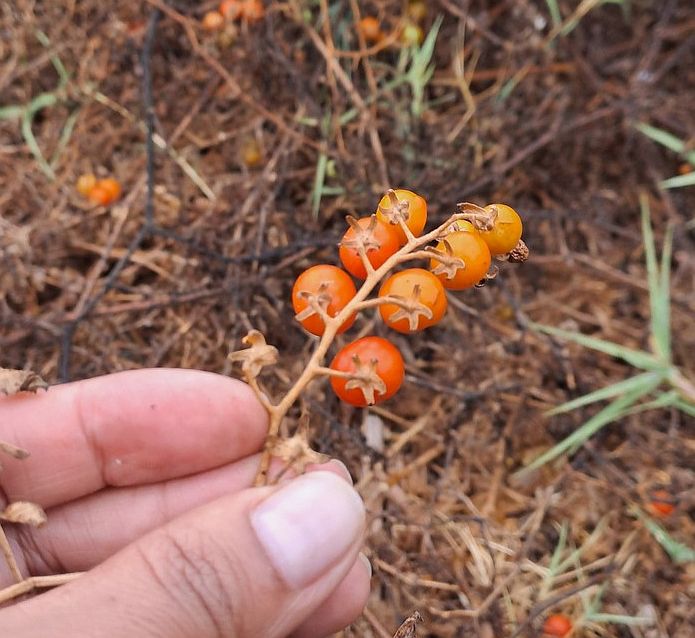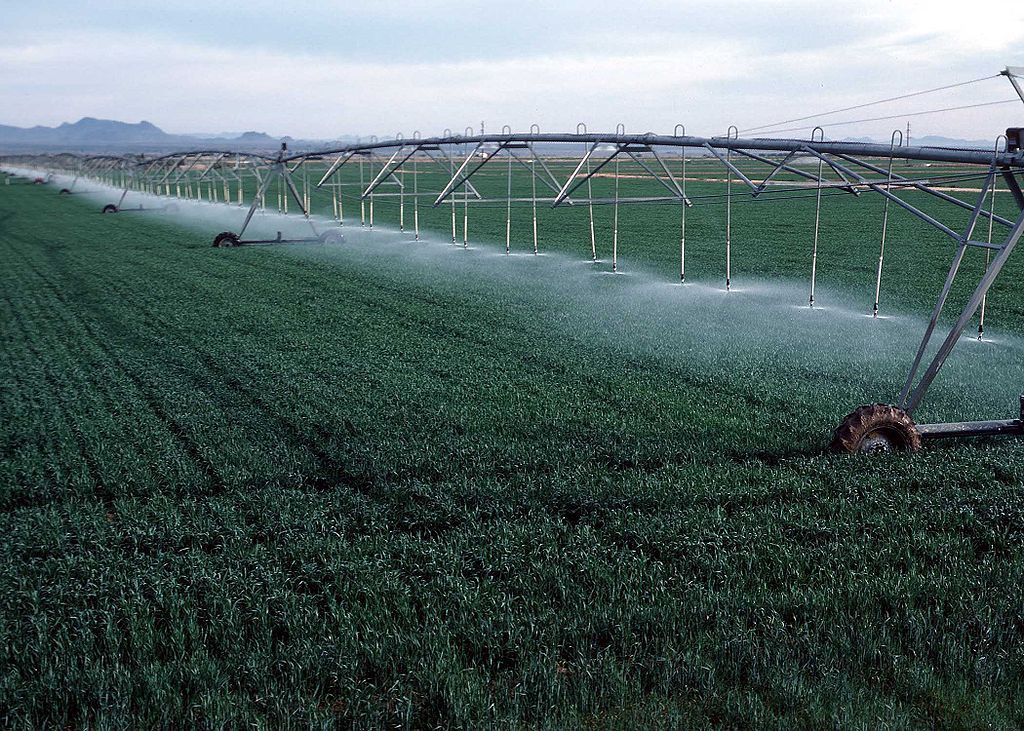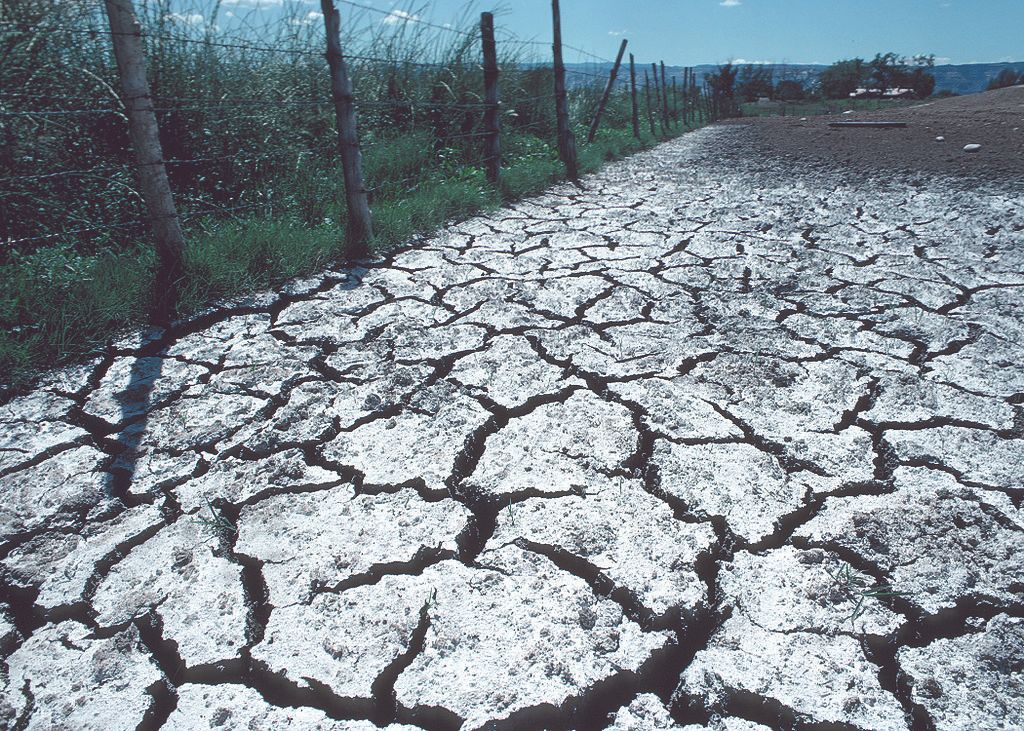
15 October 2024
Many crops around the world are irrigated but this inevitably leads to salty soil. Eventually the land becomes useless for agriculture.

USDA explains:
What happens when you irrigate?
Irrigation inevitably leads to the salinization of soils and waters. In the United States yield reductions due to salinity occur on an estimated 30% of all irrigated land. World wide, crop production is limited by the effects of salinity on about 50% of the irrigated land area. … Concern is mounting about the sustainability of irrigated agriculture.Where does all the salt come from?
— USDA Agricultural Water Efficiency and Salinity Research Unit: Riverside, CA: Frequently Asked Questions About Salinity
Application of irrigation water results in the addition of soluble salts such as sodium, calcium, magnesium, potassium, sulfate, and chloride dissolved from geologic materials with which the waters have been in contact. Evaporation and transpiration (plant uptake) of irrigation water eventually cause excessive amounts of salts to accumulate in soils unless adequate leaching and drainage are provided.
Salt residue makes the soil hostile for everything, even weeds.

This worldwide problem will get only worse as climate change increases drought, so a team of researchers looked for salt tolerant crops.
Focusing on the tomato’s closest wild relative, the tiny currant tomato (Solanum pimpinellifolium), they selected “over 2,700 cultivars, raising the seedlings in two environments: a greenhouse, and an open field.”
The best results came from five cultivars from Peru.


What genes do these plants have that make them thrive? That’s a question for the next study.
Read more in Anthropocene Magazine: A tiny tomato may harbor the secret to salt-tolerance in a climate-changed world. “The closest living wild relative of the common tomato holds untapped genetic secrets thanks to its large diversity.”
I appreciate this information, very important.